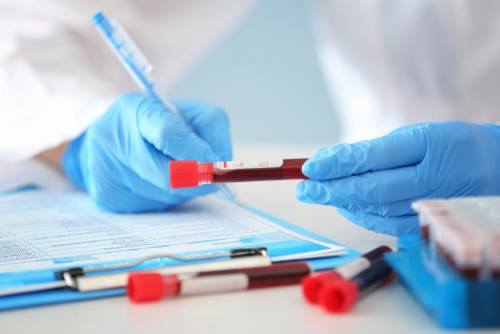Prevention of Specimen Labeling Errors in the Lab
11/19/2018

Accurate specimen identification is critical for quality patient care. Improperly identified specimens can result in delayed diagnosis, additional laboratory testing, treatment of the wrong patient for the wrong disease, and severe transfusion reactions. Specimen identification errors have been reported to occur at rates of 0.1% to 5%.1
The Joint Commission (TJC) also acknowledged and released two National Patient Safety Goals in 2014 to address the issue of specimen identification errors. The first goal called for healthcare providers to use two patient-specific identifiers, such as name and date of birth, to ensure each patient received the correct medication or treatment. The second goal was to make sure the correct patient gets the correct blood when they get a transfusion.
CLSI document AUTO12—Specimen Labels: Content and Location, Fonts, and Label Orientation was developed to reduce the unacceptably high incidence of mislabeled specimens in clinical laboratories. The standard specifies locations and formats for the required human-readable elements that must appear on the label for each clinical laboratory specimen. The standard also specifies rules for truncation for long patient names, the location and size of the bar code on each label, a list of the most commonly used variable elements that can appear on specimen labels, and the required orientation of labels on specimen tubes. Learn more at clsi.org/standards/products/automation-and-informatics/documents/auto12/.
1. WagarEA, Stankovic AK, Raab S, Nakhleh RE, Walsh MK. Specimen labeling errors: a Q-probes analysis of 147 clinical laboratories. Arch Pathol Lab Med.2008 Oct;132(10):1617-22.
